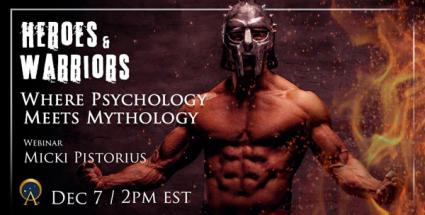A thieving pirate – or a freedom fighter? Why not both?
Grace O'Malley was chieftain of Ireland’s O’Malley clan, the Queen of the Kingdom of Umaill, a seafarer, a pirate, and a fearless leader who challenged the turbulent politics of 16th century England and Ireland. Irish legends have immortalized Grace as a courageous woman who overcame boundaries of gender imbalance and bias to fight for the independence of Ireland and protect it against the English crown. But to the English, she was considered a thieving pirate who controlled the coastlines through intimidation and plunder. So, who was she really?
In this webinar, we trace back the 70 dramatic years of Grace’s life from her rise to power to her daring charisma that made her leader of an army of 200 men, her life as a feared and respected pirate, her capture and fall to poverty, her bold meeting with Queen Elizabeth I, and her surprising ultimate fate. We piece together the story of a woman who has become one of the most important figures of Irish folklore, a hero of legendary status.
But behind the legends and the tales, this webinar aims to reveal the real Grace O’Malley, not only a notorious pirate, but an intrepid mariner, a political tactician, a wife, lover, mother, grandmother, and matriarch—and a powerful leader who played a unique role in history.
 Joanna Gillan co-founded Ancient Origins with her husband Dr. Ioannis Syrigos and has enjoyed writing and editing for the website since its inception six years ago. She is also Chief Editor of Ancient Origins Magazine. Together, she and Ioannis have immersed themselves in their personal passion for ancient history, mythology, and human origins. She loves learning about and experiencing other cultures and has spent time living in Australia, UK, Greece, Ecuador, and Ireland, and traveling to hundreds of historic sites around the world.
Joanna Gillan co-founded Ancient Origins with her husband Dr. Ioannis Syrigos and has enjoyed writing and editing for the website since its inception six years ago. She is also Chief Editor of Ancient Origins Magazine. Together, she and Ioannis have immersed themselves in their personal passion for ancient history, mythology, and human origins. She loves learning about and experiencing other cultures and has spent time living in Australia, UK, Greece, Ecuador, and Ireland, and traveling to hundreds of historic sites around the world.
Joanna completed a Bachelor of Science (Psychology) degree in Australia and published research in the field of Educational Psychology. She has a rich and varied career, ranging from teaching children with autism, owning and operating an online English teaching business, working as a research and project officer for the British Royal Family, as well as co-owning a website design and development company. Joanna has written over 1,000 articles for Ancient Origins, some of which have been mentioned in the New York Times, CNN, Fox News, The Guardian, The Times, Spiegel, and The Daily Mail. She regularly appears on radio and TV programs to discuss historical subjects.

Robin Maxwell is a historian, screenwriter, podcaster, internationally acclaimed and Los Angeles Times bestselling author of nine novels. Her debut - The Secret Diary of Anne Boleyn - is now in its 25th printing. While JANE: The Woman Who Loved Tarzan and O, Juliet were Maxwell’s original takes on famous literary characters, she focused mainly on traditional, research-driven historical fiction of Tudor England and the Italian Renaissance.
The fourth book in her “Elizabethan Quartet” - The Wild Irish: A Novel of Elizabeth I and the Pirate O’Malley - features, in Maxwell's opinion, the greatest female hero of all time - Grace O’Malley. A woman of strength, intellect and political prowess, Grace captained the largest fleet in Ireland and was beloved by her people as the “Nurse and Mother of all the rebellions in Ireland.” She was the hated rival of Queen Elizabeth, and a thorn in England’s side for more than 30 years. Maxwell has partnered with Australian producer Monica O’Brien, Ambience Entertainment, and Kew Media for a TV series based on The Wild Irish, soon heading into production.
Visit Robin at her website, www.robinmaxwell.com or on her Facebook pages @AuthorRobinMaxwell and @AnAlienInHollywood.
 Andrew Collins is a history and science writer, as well as more than a dozen books that challenge the way we see the past. Among them are Gobekli Tepe: Genesis of the Gods, The Cygnus Key, Beneath the Pyramids and Denisovan Origins, co-authored with Greg L. Little. He is the co-discover of a massive cave system beneath the pyramids of Giza, now known as Collins’ Cave, and has been at the forefront of research into Gobekli Tepe for last 20 years. He lives in England. His website is www.andrewcollins.com
Andrew Collins is a history and science writer, as well as more than a dozen books that challenge the way we see the past. Among them are Gobekli Tepe: Genesis of the Gods, The Cygnus Key, Beneath the Pyramids and Denisovan Origins, co-authored with Greg L. Little. He is the co-discover of a massive cave system beneath the pyramids of Giza, now known as Collins’ Cave, and has been at the forefront of research into Gobekli Tepe for last 20 years. He lives in England. His website is www.andrewcollins.com



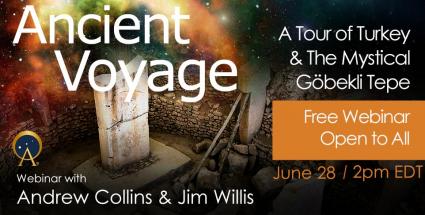

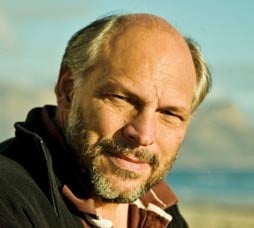
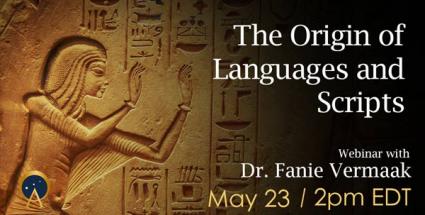






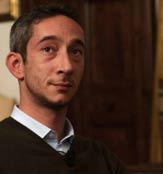 Professor
Professor 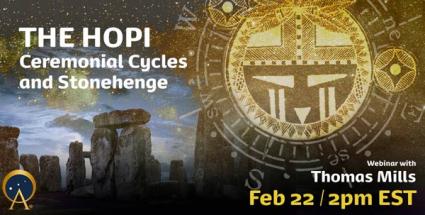
 Has East always been East? If it was not, would ancient civilizations have left us clues where it was located in the past? Thomas uses his knowledge of the Ceremonial Cycles entrusted to him by the Hopi, to explain Stonehenge, the Pyramids, the Mayan Temples, and many other unexplained ancient sites located around the planet, to establish the timeline of their construction. He then uses this knowledge to find north and compares north to Charles Hapgood’s four North Pole locations in the past 100,000 years with amazing results—thus dating the sites and proving the Hopi Creation Story.
Has East always been East? If it was not, would ancient civilizations have left us clues where it was located in the past? Thomas uses his knowledge of the Ceremonial Cycles entrusted to him by the Hopi, to explain Stonehenge, the Pyramids, the Mayan Temples, and many other unexplained ancient sites located around the planet, to establish the timeline of their construction. He then uses this knowledge to find north and compares north to Charles Hapgood’s four North Pole locations in the past 100,000 years with amazing results—thus dating the sites and proving the Hopi Creation Story.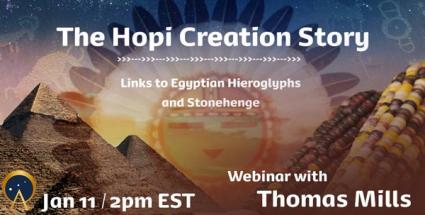
 In his first book,
In his first book, 